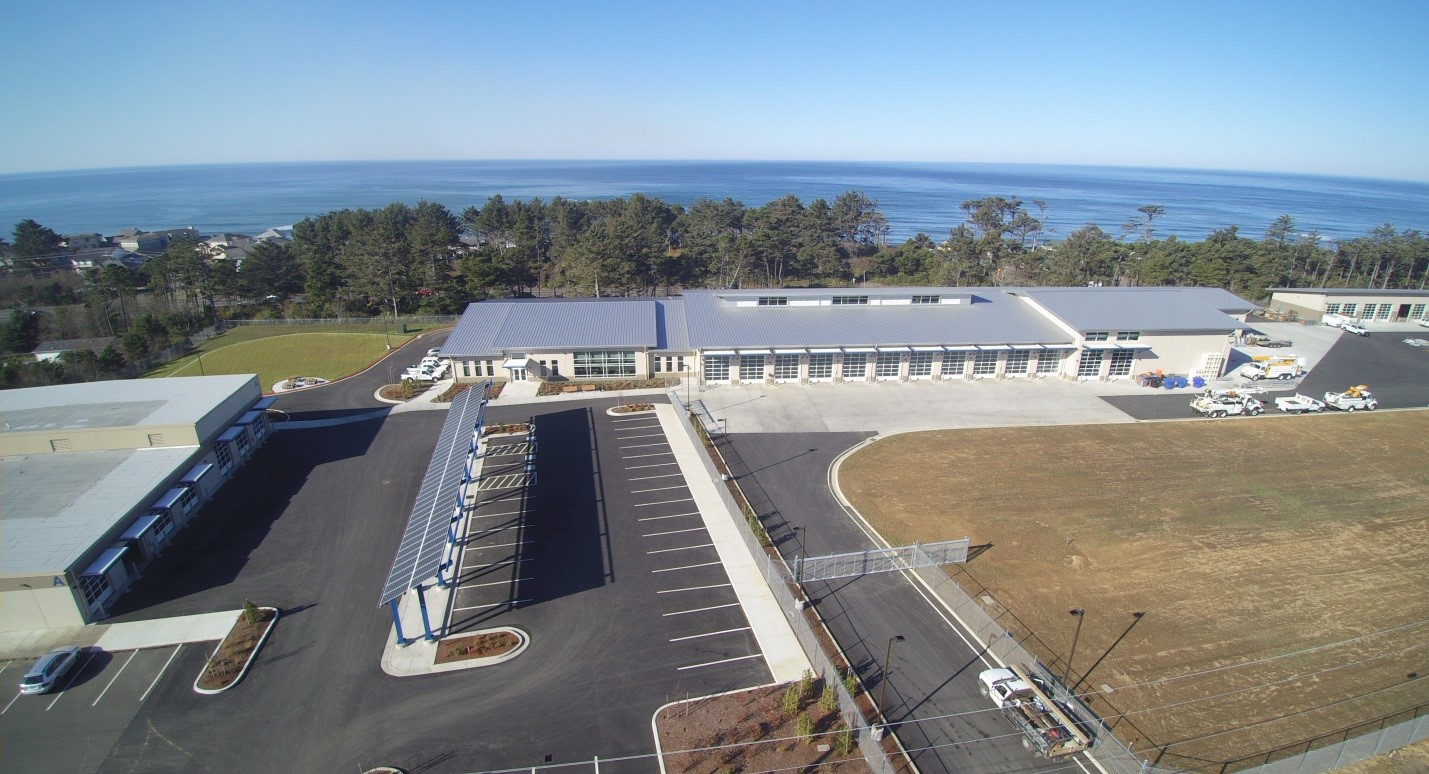Oregon Department of Energy Launches Guidebook for Local Energy Resilience
Contact:
Jennifer Kalez, 503-480-9239
Rachel Wray, 503-689-0294
SALEM — The Oregon Department of Energy today announced a new resilience resource for small and medium electric utilities. The Oregon Guidebook for Local Energy Resilience identifies incremental actions electric utilities can take today so they are better prepared in the event of a major emergency, and provides additional guidance to improve overall community energy resilience.
Utilities across Oregon are experienced in turning the lights back on following routine disruptions to electric service. Yet Oregon faces other types of threats – like a Cascadia Subduction Zone earthquake, increased risk of extreme weather and catastrophic wildfire due to climate change, and other emergencies – that could severely disrupt the delivery of services like electricity for long periods of time. Improving the resilience of the energy system will allow for critical energy-dependent services to recover more quickly after a significant emergency. ODOE developed the new guidebook to serve as an action plan for consumer-owned utilities, such as PUDs, co-ops, and municipalities. It includes recommendations for boosting long-term resilience, success stories featuring Oregon utilities, and checklists focused on four key areas of utility operations: people, facilities, infrastructure, and communications.
The new guidebook is the result of a partnership between ODOE and Central Lincoln People’s Utility District during a grid modernization policy academy sponsored by the National Governors Association. “Contributions from Oregon utilities like Central Lincoln PUD helped make this new resilience guidebook possible,” said Janine Benner, ODOE Director. “We’re grateful for their expertise and experience, and we highlighted several utilities’ resilience actions and future plans in a series of case studies for the guidebook.”
Central Lincoln PUD, which provides electricity to about 55,000 customers along the central Oregon coast, built a new, seismically-sound operations center in 2017. The center replaced the utility’s 60-year-old operations building that was located in a tsunami inundation zone. The Eugene Water & Electric Board cut the ribbon on its new emergency water station and energy storage project earlier this year. The water station is powered by a solar array and battery system, allowing the utility to access local power and clean water after an emergency. Tillamook People’s Utility District, which serves most of Tillamook County, is prioritizing Incident Command System training for its employees, and provided “go bags” with emergency equipment to staff at its annual safety dinner.
The new guidebook recommends that utilities first evaluate the range of potential threats to their particular service areas before prioritizing resilience actions. “We know there isn’t a one-size-fits-all approach to local energy resilience,” said Adam Schultz, ODOE Senior Policy Analyst and primary guidebook author. “Oregon utilities and the communities they serve are unique, so the solutions that follow will also be unique. We hope this new guidebook will serve as a useful resource for electric utilities to improve their own resilience and support their communities’ ability to recover quickly after a major emergency.”
Read the Oregon Guidebook for Local Energy Resilience and utility case studies on ODOE’s website.
Central Lincoln PUD’s seismically-sound operations center opened in 2017. Photo courtesy of CLPUD.


